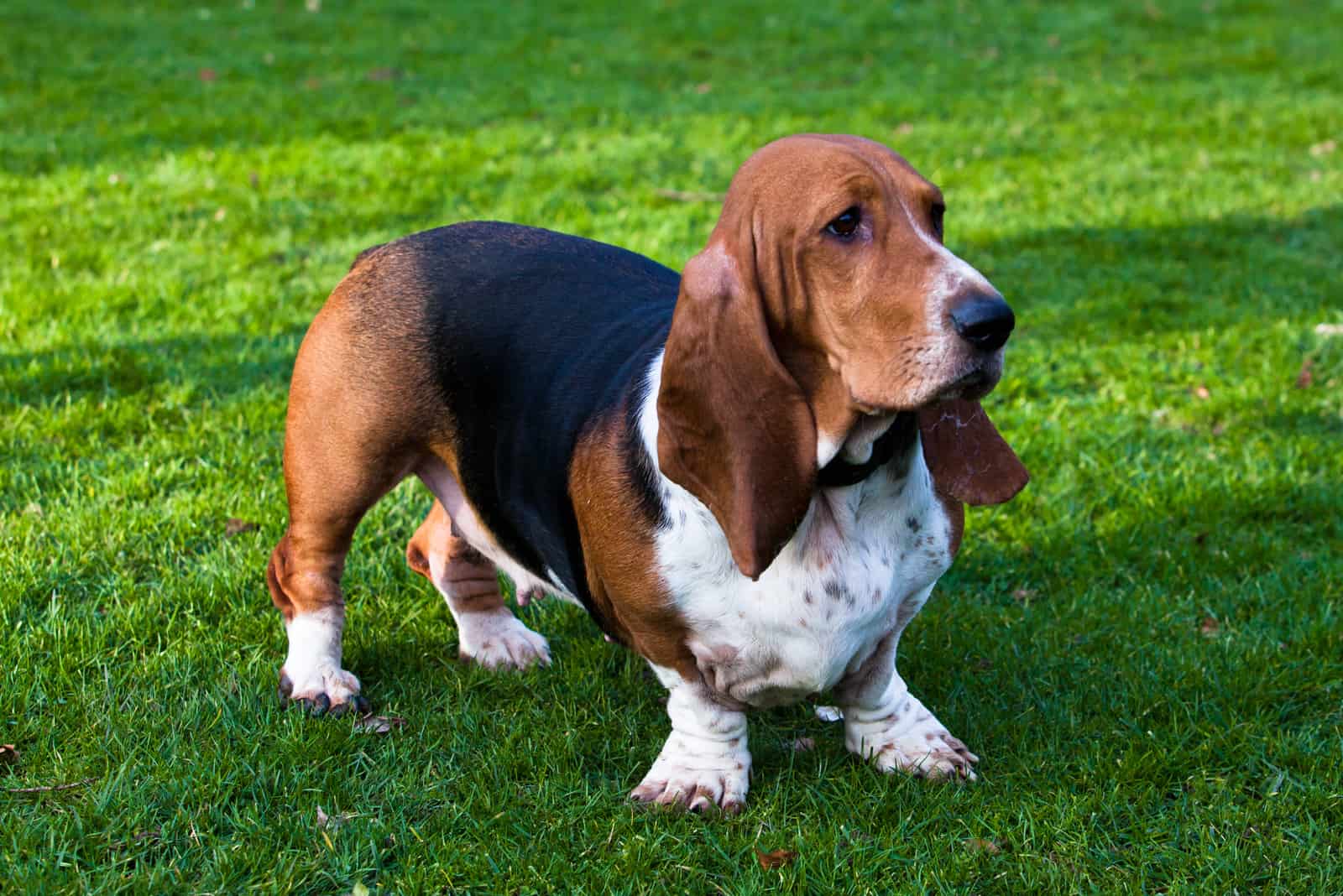The Vizsla is a gun dog with origins in Hungary. Canine lovers often call him the Hungarian Vizsla or the Hungarian Pointer. This medium-sized dog, recognized by the AKC, is a hunting dog that is usually 23 inches at the shoulders, and weighs, on average, 57 pounds. You can check the Vizsla growth chart to see how big they can get.
When people see a Vizsla, they often either think that they saw a Weimaraner, Rhodesian Ridgeback, or Redbone Coonhound. By the AKC breed standard, Vizslas are energetic and agile; however, they are robust and lightly built.
This dog breed was used in the development of other dog breeds such as the German Shorthaired Pointer, the Weimaraner, and the Wirehaired Vizsla.
The Vizsla has a rough history – they nearly became extinct. However, during World War II, many Hungarians took their Vizslas with them due to the Russian Occupation.
This intelligent dog breed is eager to learn and be active, so they are perfect for field trials, obedience, rally, hunting, agility, and many other fun dog activities.
Their outer beauty gives them a special look. Their body is sleek, with a docked tail and a powerful chest, and they have a moderately deep set of eyes that go naturally with their coat. Their facial characteristics blend with their body – they have silky and thin ears, strong jaws, and their lips are tight.
But, let’s see what the famous Vizsla colors are that brought you here today!
Vizsla Coat Colors According To Breed Standards
Vizslas are adorned with a dense, short and smooth coat. For the American Kennel Club, it’s important that the coat is not long. The Vizslas have no undercoat, so that means they are not heavy shedders as other dog breeds that have undercoats. But, these dogs shed moderately, and that can be a problem for those suffering from allergies.
Even though they are not hypoallergenic, their grooming is not that hard at all. Their beautiful coat can come in various shades of golden rust and sandy yellow.
A Vizsla puppy is a self-colored dog, so most of his features blend nicely with its dusky coat. This comes in handy when they need to camouflage themselves, and that is often, when they’re out hunting.
The golden rust is a standard Vizsla color; however, seven other colors are also allowed by the AKC breed standard.
Let’s see the Vizsla colors by order!
1. Golden Rust Vizsla
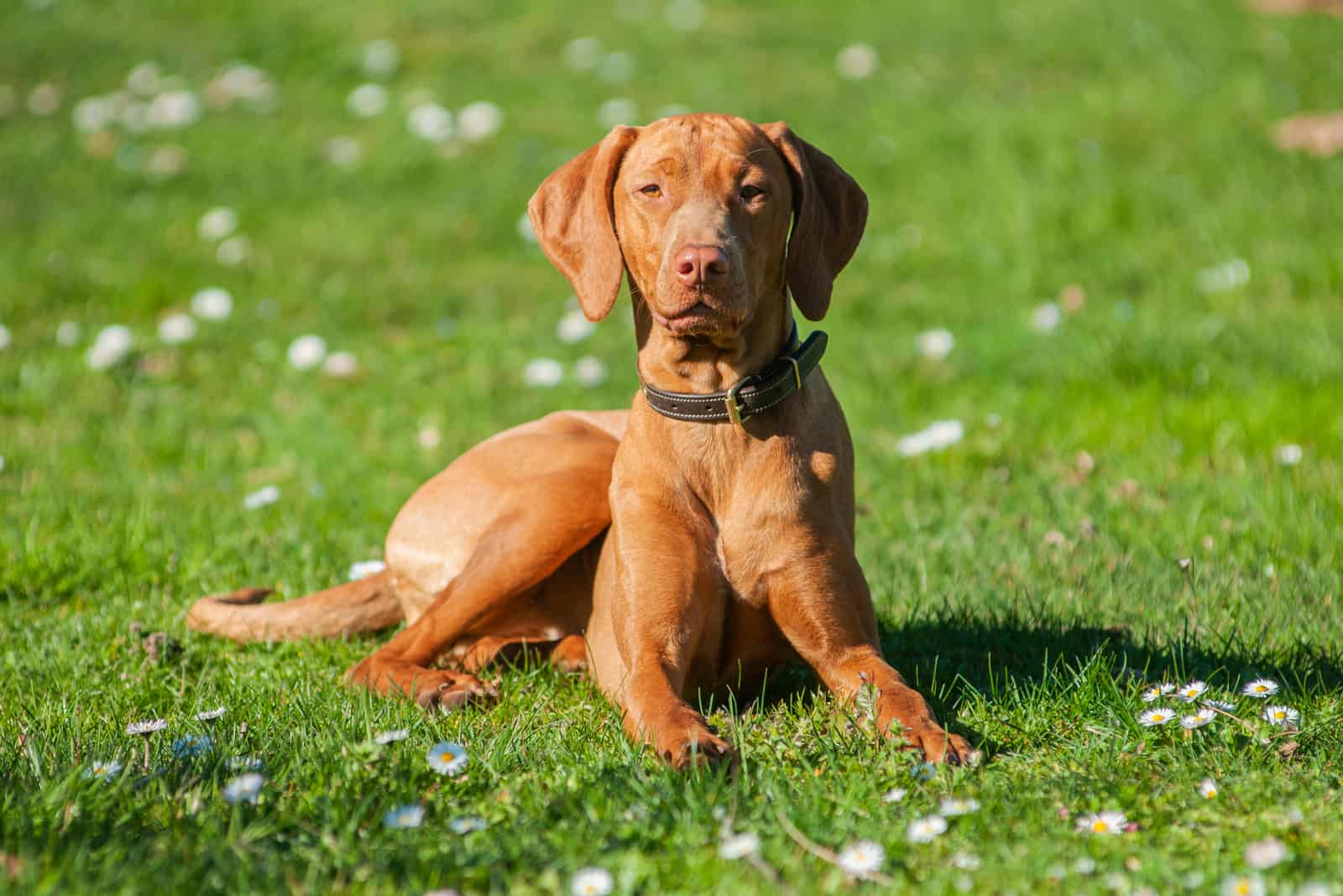
The golden rust Vizsla is the standard color of this dog breed. The body of the golden rust Vizsla is completely of one color – golden rust... a bit resembling light brown, with a little darker muzzle.
This is the most common Vizsla color.
2. Golden Vizsla
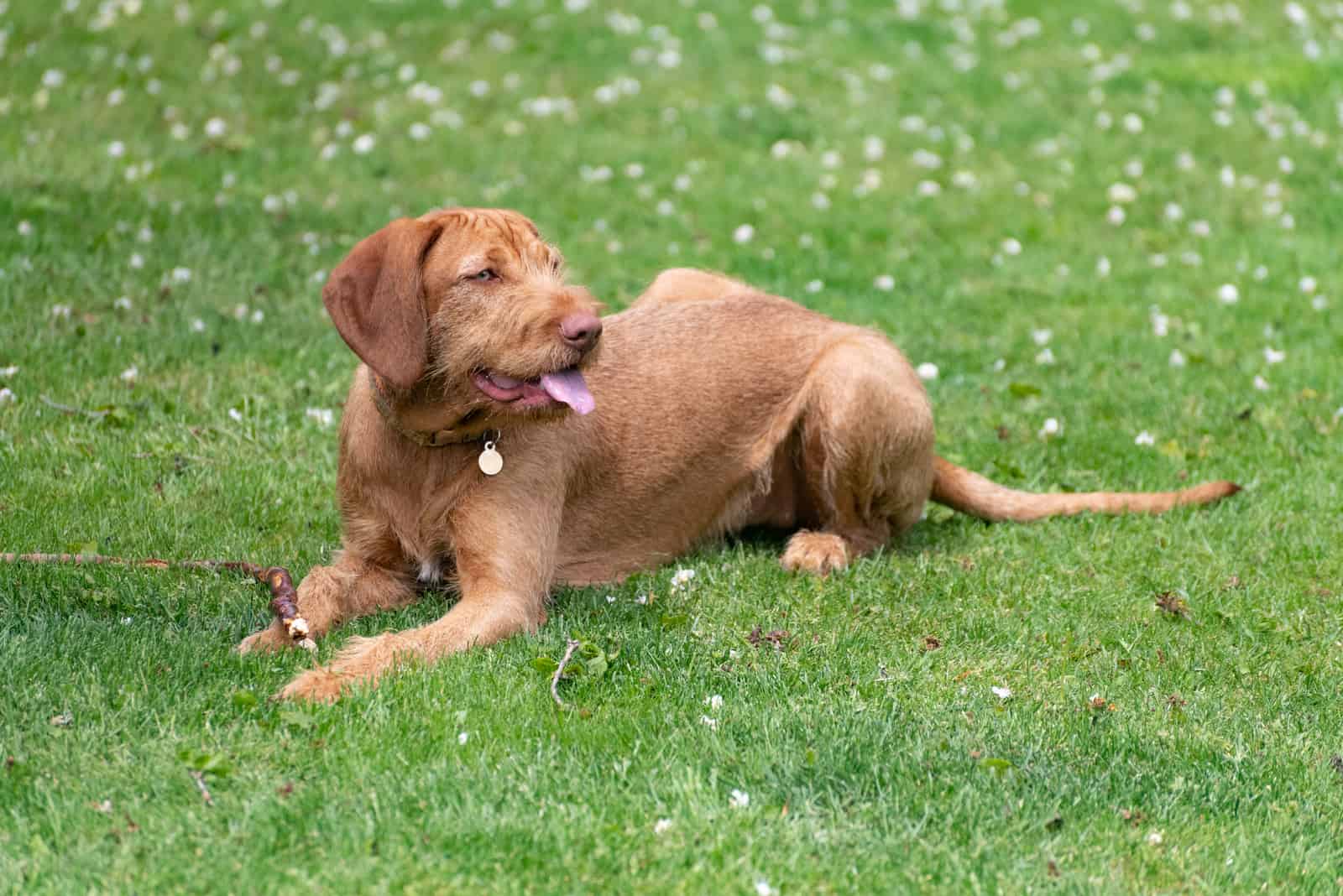
The golden Vizsla is the lighter variant of the golden rust color. The golden Vizsla has lighter yellowish undertones that give off a golden shade on their coat.
This color is approved by the AKC breed standard.
3. Red Vizsla
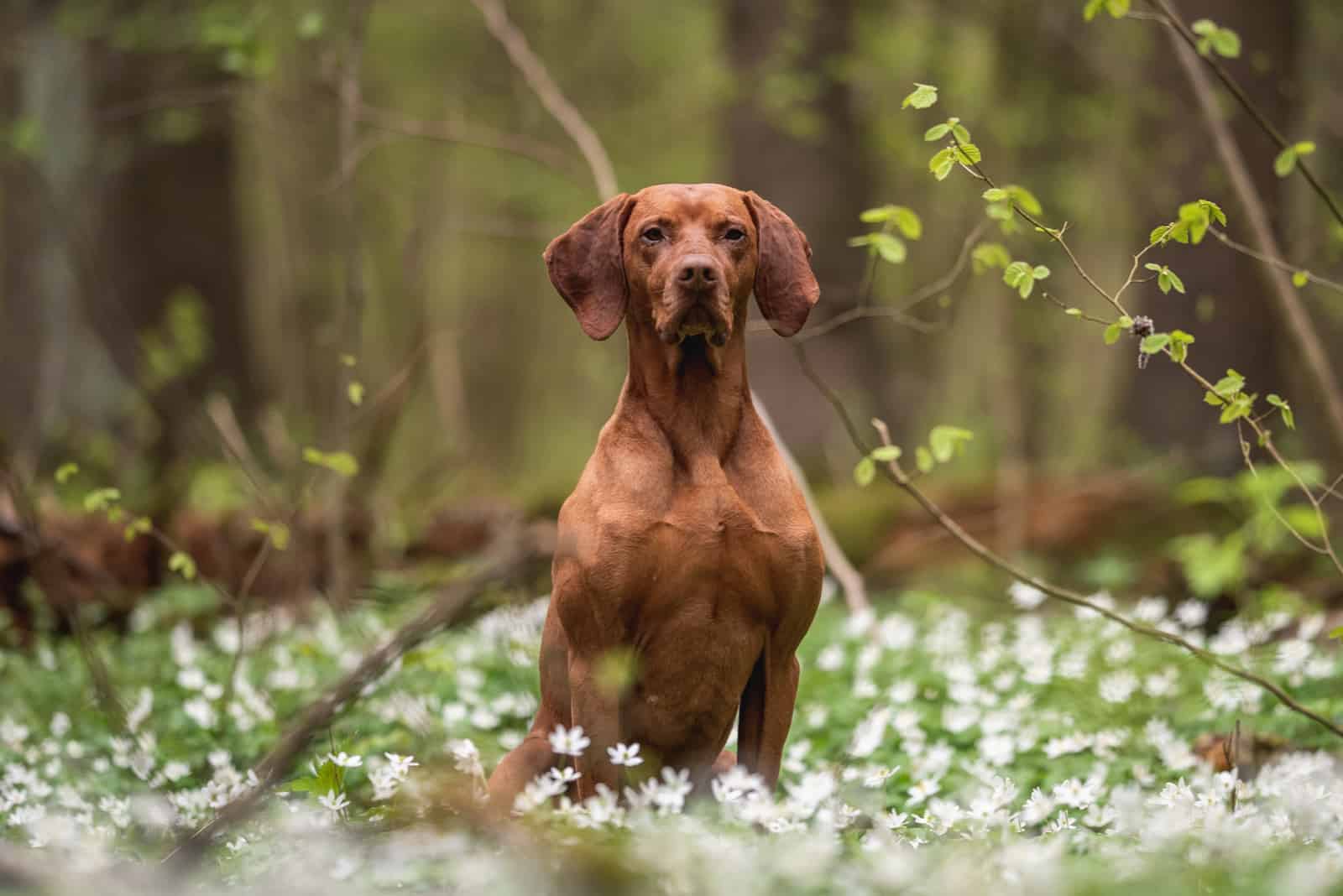
The red Vizsla has a reddish coat all over its body, with lighter shades of this coloration around the shoulders and neck.
The coat of a red Vizsla is more like a shade of rusty brown, and it takes just one set of dominant red genes to get a red Vizsla pup.
This Vizsla color is also approved by the AKC breed standard.
4. Red Golden Vizsla
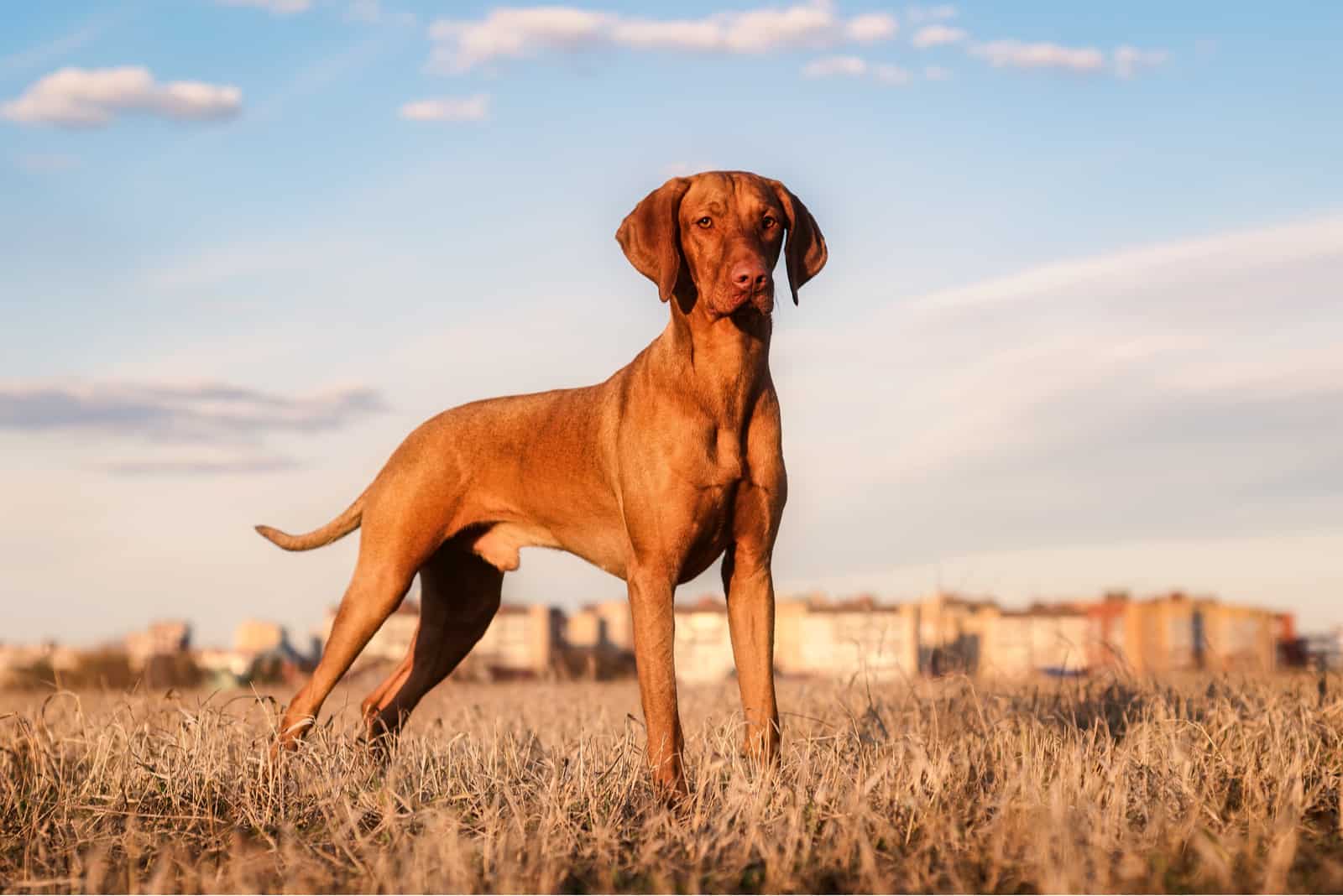
The red golden Vizsla is also a color approved by the AKC. The fur of a red golden Vizsla has a reddish-gold color, with amber or mahogany pigments. Sometimes, it can be a darker brown, but definitely with a reddish tone to it.
5. Rust Vizsla

The coat color of the rust Vizsla is an orange-brown color all over its fur, with lighter brown on the neck and shoulders, which gives them sort of a “saddle” smirch.
The AKC approves this color also.
6. Russet Gold Vizsla
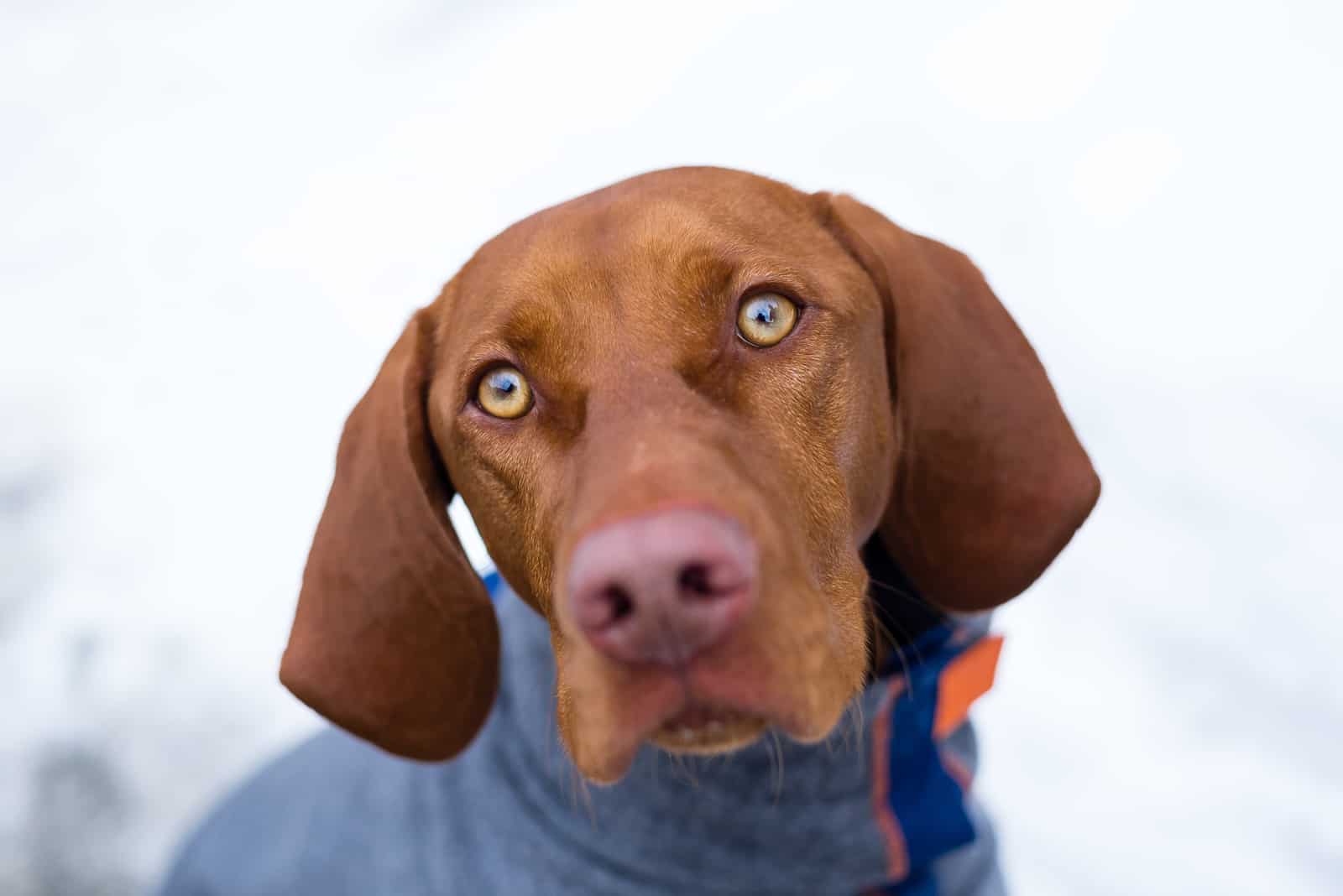
The russet gold Vizsla’s coat is of a warm russet tone, with a hint of gold. Sometimes, the nose and skin around the eyes have more reddish undertones.
One of the Vizsla colors that has a fun fact about it is this russet gold Vizsla. There is evidence that shows that this Vizsla was being used in hunting wild animals back in the 14th century on the central grassland in Hungary. A Vizsla’s slightly greasy coat makes him ideal for working in high temperatures of the field.
7. Sandy Yellow
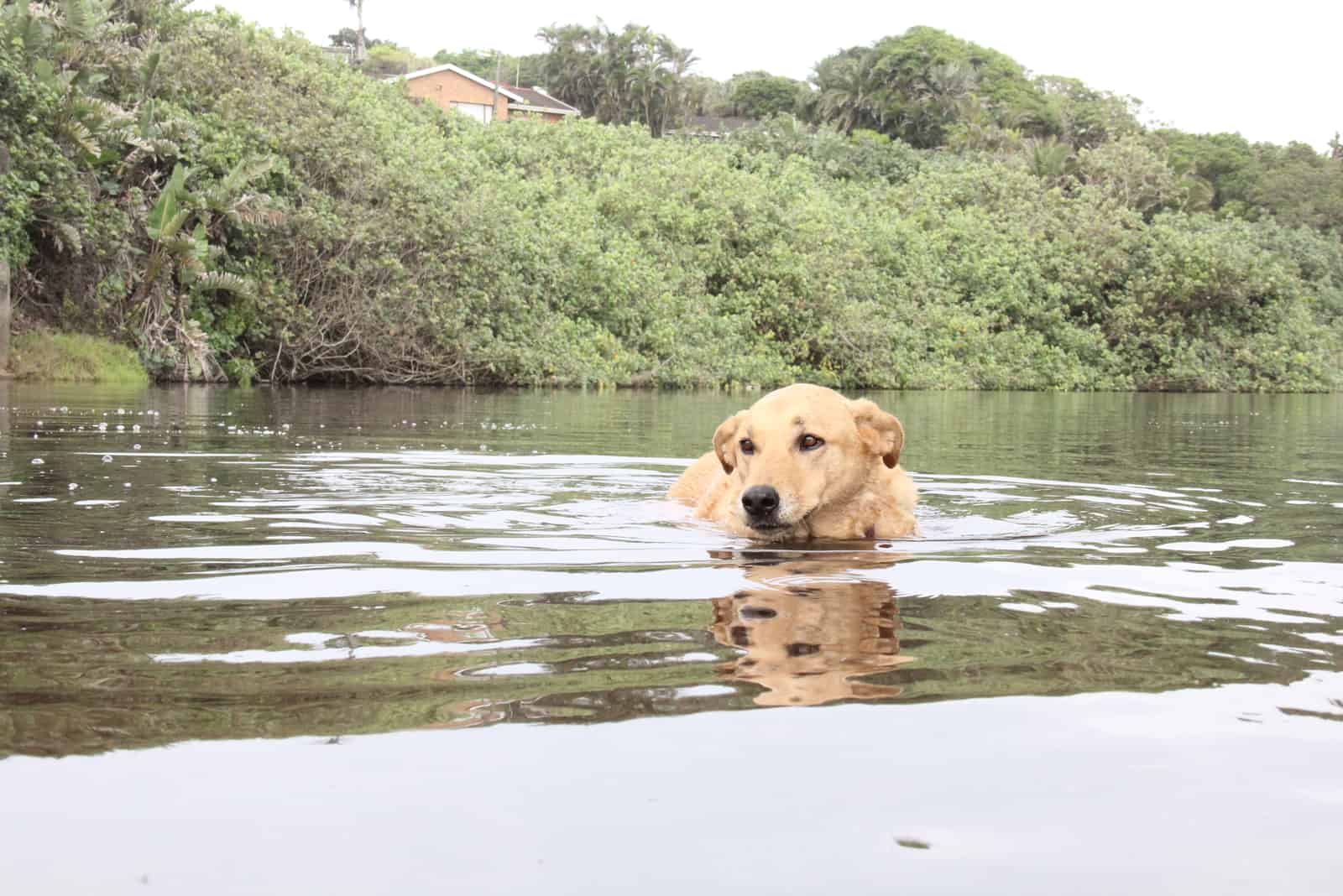
The sandy yellow coat color of the Vizsla is mostly blonde fur with different shades of yellow. The sandy yellow Vizsla is also approved by the AKC.
8. Vizsla With White Markings
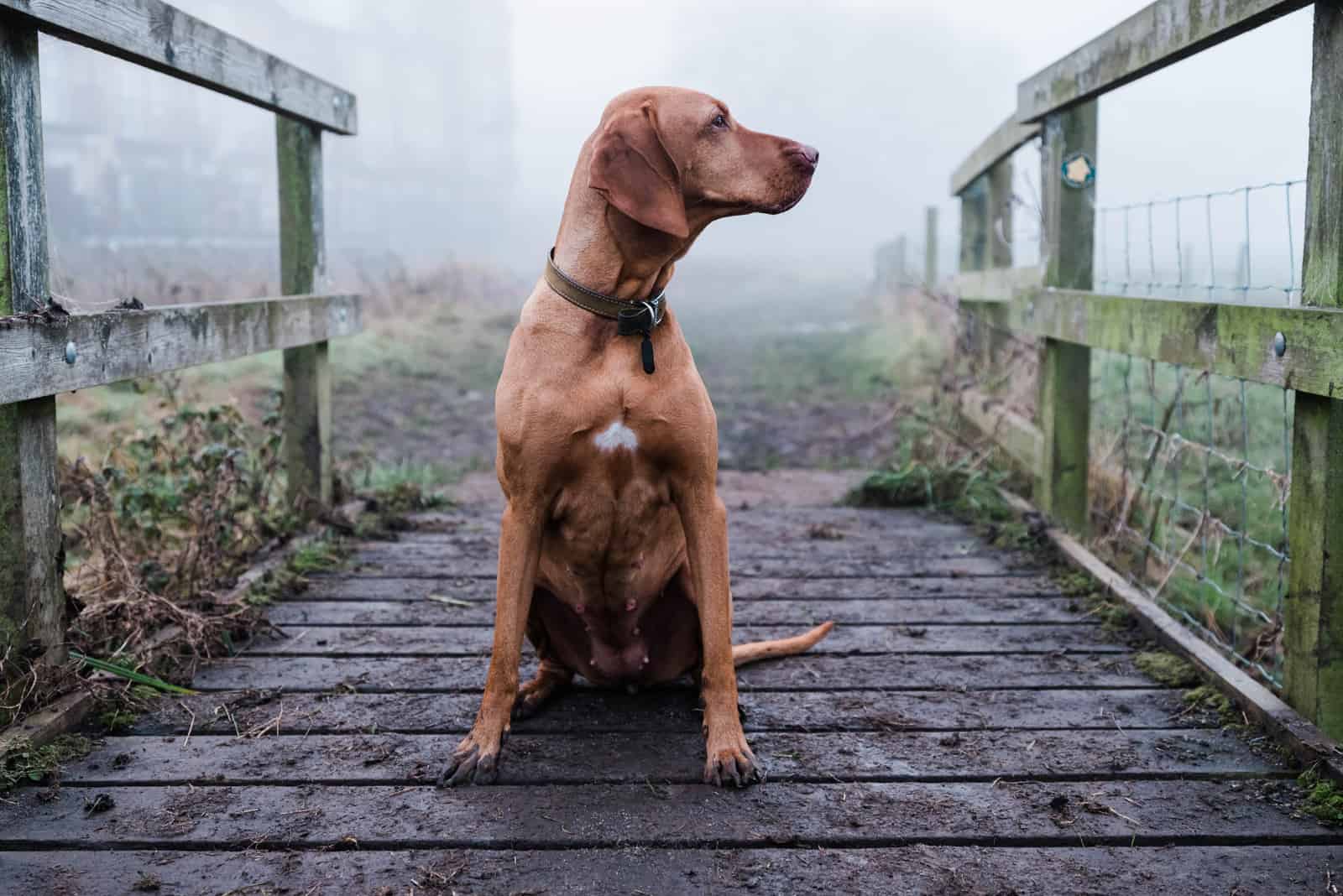
Last, but not least… This Vizsla color is a Vizsla with white markings. According to the breed standard, the white markings are likely to appear on the chest or 1.9 inches from the Vizsla’s throat. However, the white patches also tend to be around the muzzle, on other parts of the face, and on the fingers.
If the white spots are extended on the neck and/or the shoulders, that would be a disqualification. So, when you look at this Vizsla from the front, the white spots must be on the chest, and spread from the top of the sternum to a part between the elbows when the dog is in standing position.
However, due to aging, white should not be considered a fault.
We must mention that some Vizsla puppies can be born with a white spot on their body. Even though it is not the most common or seen, it is acceptable.
RELATED: 16 Vizsla Mixes: Meet Loyal And Sporting Mixed Dog Breeds
Where Do Vizslas Originate From?
It is a well-known fact that this dog breed has a long and interesting past. They are most likely the lineage of hunting dogs that the Magyar tribe brought to Hungary.
There are stone etchings of this dog with a hunter and a falcon that shows that the Vizsla’s descendants were notable and important even then.
The Magyar tribe searched for a fast and strong dog breed to match them, and they brought these qualities into the Vizsla dog that we now know and cherish.
The Vizsla is the oldest of the great European Vorstehhund group’s breeds, which were bred for retrieving and pointing. Their bloodline was kept pure for many centuries because they saw that the breed was carefully guarded.
This dog breed survived many awful events throughout history, including the Hungarian Civil War of 1848 to 1849, and the Turkish occupation from 1526 to 1696. The Vizsla almost went extinct at the end of the 19th Century.
What Is A Vizsla’s Personality Like?
One of the dogs that is known for being brave and courageous is definitely the Vizsla. Even though they give off a tough appearance, they are sensitive, gentle, and affectionate. But, due to their hunting genes, they have high-energy levels and need a lot of attention, so they are not the best choice for those who have no time and lead a busy life.
They are not recommended for novice owners, so a person who has experience with a high-energy dog would be able to handle this intelligent dog breed.
They thrive around humans, and their friendly character is responsible for great friendship with children. They will gladly play with kids of all ages, but you need to supervise them when they are around younger kids because they will be excited, and they can knock small kids unintentionally.
Vizslas are great watchdogs, and they will step in to protect their family if they see a dangerous situation approaching. However, due to their friendly nature, they are not so intimidating, and therefore, they won’t excel at being the best guard dogs. But, don’t be afraid – they will let you know when visitors and strangers are around the corner.
This dog breed possesses many skills, and over the years, they worked in detective jobs for the TSA, in K-9 units, and even as seeing-eye dogs. Because of their gentle and soft disposition, they are great to work as therapy dogs.
However, this dog breed is not suitable for living with many house pets like birds, reptiles, and hamsters due to their high-prey drive. There might be problems down the road.
With proper and regular socialization, the Vizsla will get along wonderfully with other dogs. This dog adores cuddling, so they are great cuddle and lap dogs – no doubt there.
Vizla’s Health Problems

Vizslas have great health overall; however, like all dog breeds, they can be prone to certain health issues. Note that not every Vizsla will suffer from any or all of these conditions, but it’s important that you know this if you’re thinking of getting this dog breed.
To prevent these health issues, make sure that you find a good Vizsla breeder who can provide you with health clearances for both parents of the puppy. This will prove that the dog is tested and healthy. Which clearances can you expect to be shown? The Orthopedic Foundation for Animals for thyroid and hips, and the CERF (Canine Eye Registry Foundation).
Some health problems will not appear until the puppy reaches full maturity, so health clearances aren’t done on dogs younger than two years old. Keep in mind that you need to find a breeder who doesn’t breed until their dogs are two or three years old.
The health problems that can affect the Vizsla breed are:
• Progressive Retinal Atrophy (PRA): This is a degenerative eye disorder that will eventually cause blindness because the dog will lose the photoreceptors. This condition can be detected years before the signs of the disease show up.
Luckily, if the dog goes blind, he uses other senses, and can still live a long and happy life. Bear in mind that if you have a blind dog, don’t make house adjustments and move things around. Reputable breeders should have their breeding dog’s eyes certified every year.
• Epilepsy: This is a condition that causes seizures. This disorder can be controlled with supervised medication; however, it can’t be cured. The dog will live a healthy life even with this disorder if it’s properly managed.
• Lymphosarcoma: This is one of the most common cancers that can be found in dogs, and it can be in various parts of the body such as the liver, bone marrow, lymph nodes, spleen, and gastrointestinal tract. This cancer is usually treated with chemotherapy.
The good thing is that around 80 percent of dogs that are treated with chemo will go into remission.
• Hypothyroidism: This is a condition when the thyroid gland is unable to produce enough hormones. A sign of this disease may be infertility. Other signs that are more obvious are mental dullness, obesity, irregular heat cycles, low energy levels, and drooping of the eyelids.
The coat of the dog can be brittle and coarse, the hair starts to fall out, and the skin becomes dark and tough. This condition can be treated with medications that have to be taken every day, which continues throughout the dog’s life.
• Canine Hip Dysplasia: This is a disease that can be inherited. This condition manifests in the thigh bone, which doesn’t fit into the hip joint. Some dogs will show lameness and pain in one or both legs; however, you may not notice that your dog has problems with hip dysplasia. While aging, the dog can develop arthritis.
Dogs with hip dysplasia should not be bred. If you’re buying a puppy, ask the breeder to provide all the X-ray screenings for hip dysplasia of both parent breeds as we have already said that this is hereditary.
This condition can be worsened if the dog is not living in the right conditions, meaning the wrong diet and/or injuries that occur while jumping.
What Is The Average Weight Of A Vizsla?
Vizslas are described as a medium-sized, tall dog. A male Vizsla’s height is usually, on average, 23 inches at the shoulder, while a female Vizsla stands at around 22 inches.
Regarding weight, males weigh a bit more than females, with their weight of around 57 pounds, while females are around 50 pounds.
By the AKC breed standard, these dogs are energetic and agile, but robust with a light build.
What Is The Life Expectancy Of A Vizsla?
The lifespan of the Vizsla is around 12 to 15 years. However, this is up to you as you need to take care of your dog, pay attention that your dog lives a healthy life as much as possible, and, of course, get a dog from a reputable breeder so you know that the dog has a predisposition to live a long and healthy life.
All In All
Vizsla colors are unique, golden-russet-yellow shades. However, the coat color ofa Vizsla has nothing to do with their sweet disposition. The Vizsla is a great hunting companion and wonderful family dog, which makes it a great fit for those families that love an active lifestyle. They are often referred to as velcro dogs because they are loyal and affectionate.
As a new dog owner, make sure that you pay attention and spend a lot of time with your new best friend as they can develop separation anxiety if they are left alone for a long period of time.
The Vizsla is a real sporting dog that has outstanding trainability. With positive reinforcement, you’ll have an excellent buddy. Their powerful build requires a high-quality dog food formula for active dog breeds.
If you’re looking to get a Vizsla, make sure to check Vizsla rescue groups, or breed rescues, such as the Vizsla Club of America.
If you want to make sure that you have a purebred Vizsla, then check out some of these reputable Vizsla breeders.
Related Content
• 8 Trustworthy Vizsla Breeders In Ontario (2022)
• Labrador Colors: The Pinwheel of Colors and Markings
• The Ultimate 2022 Guide To All The Lovely Shiba Inu Colors









